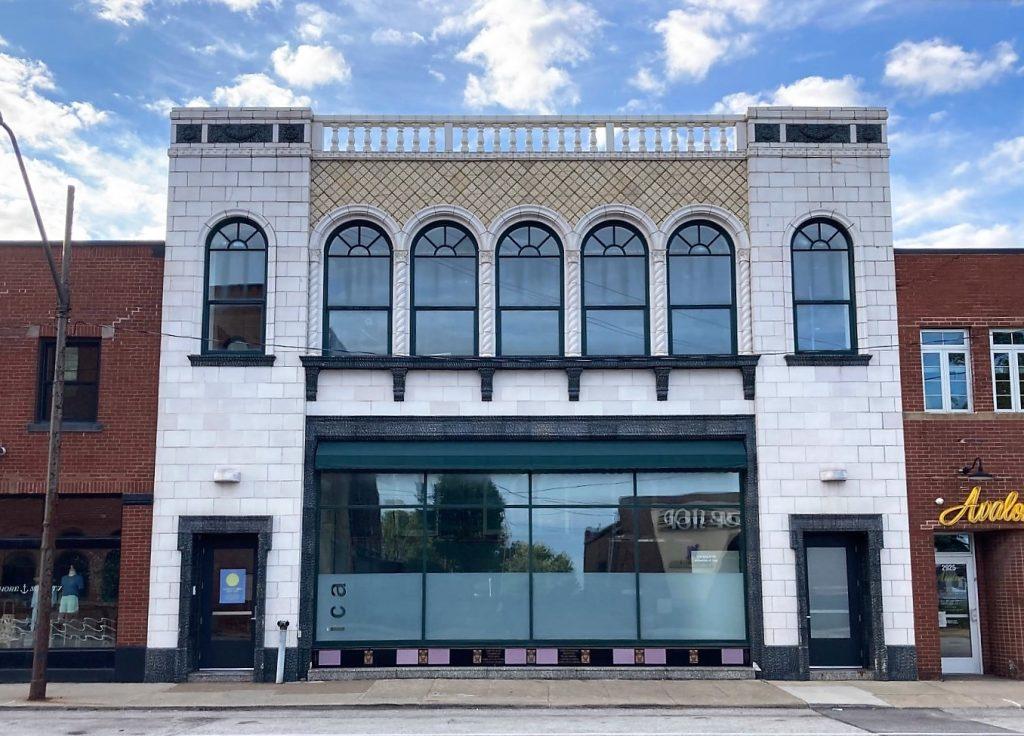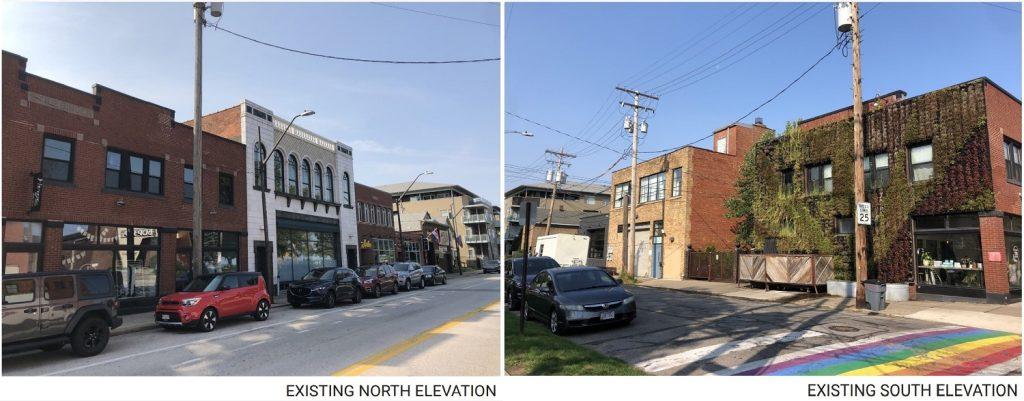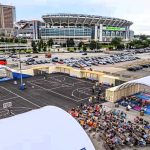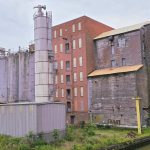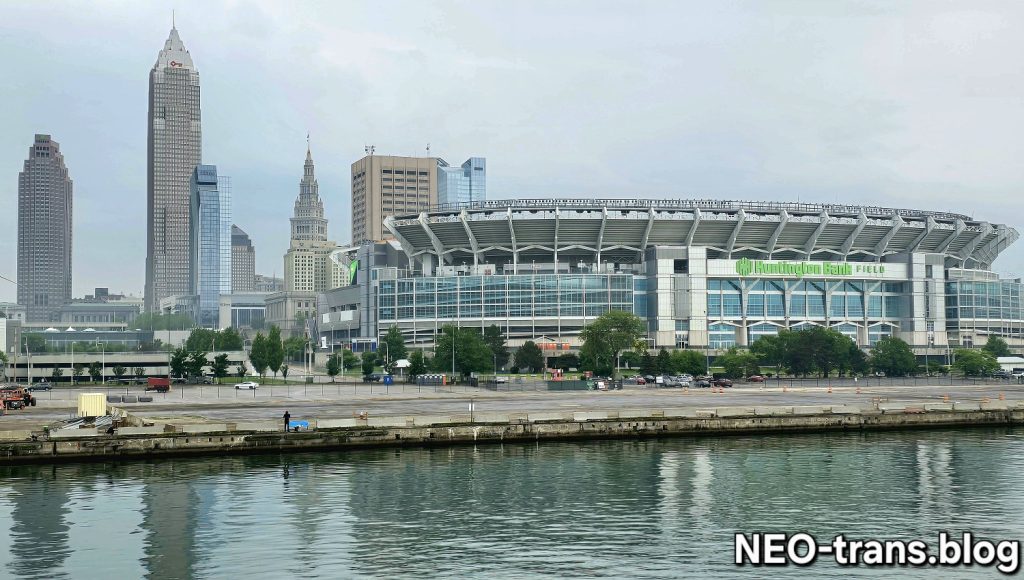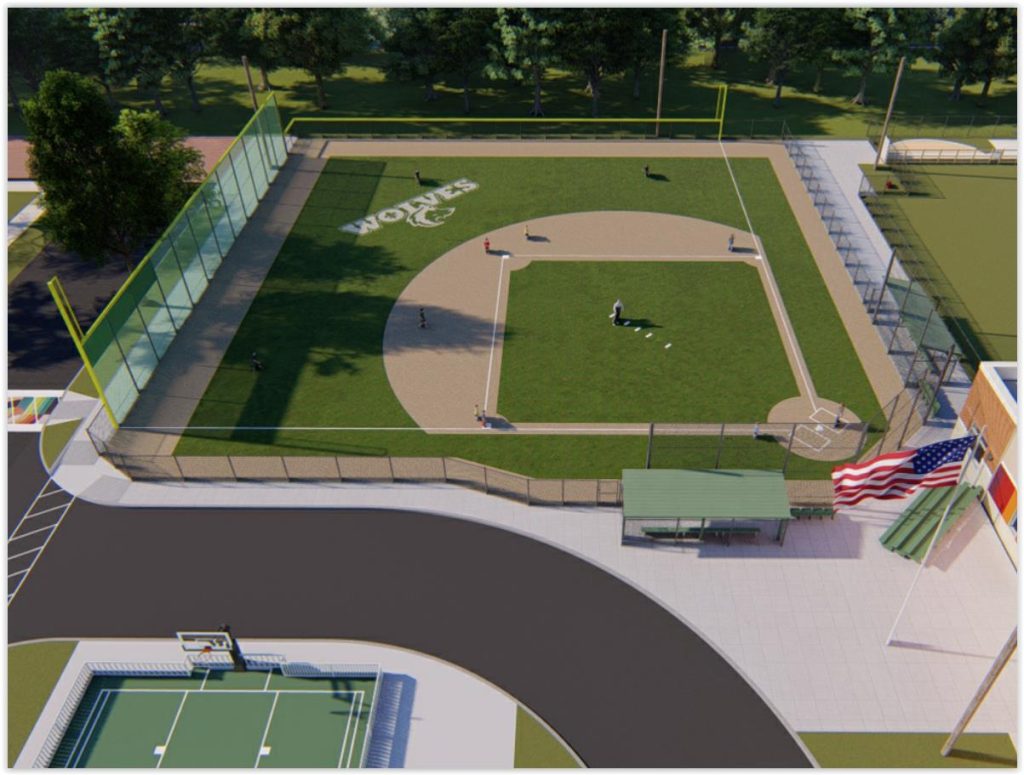Renovation plan wins support from Landmarks panel
Restoration of the historic Vitrolite Building, 2915 Detroit Ave., in Cleveland’s Ohio City neighborhood moved closer to reality yesterday when the city’s Landmarks Commission approved the project with a unanimous vote, along with a few conditions. The nearly century-old building with its unique terra cotta façade is on the National Register of Historic Places. But it has a new future with a new owner who will take it in a new direction.
This past June, Anne Hartnett, through an affiliate 2915 Detroit Ave LLC, acquired the nearly 18,000-square-foot building and its 6,468-square-foot lot for $1,697,000, according to Cuyahoga County property records. She is founder of Harness Collective, a “real estate development & modern management company providing shared services to brick and mortar businesses,” according to their Web site. Andria Loczi is CEO and a partner of the collective that oversees all operations, Hartnett said.
Their brands and proposed uses for the building include Harness Cycle spinning studio, Soul Yoga, Patron Saint café and aperitivo bar, kids stay-and-play space, plus a multi-use collaboration space. According to Harness Collective’s architect, Jonathan Kurtz, owner of J. Kurtz Architects, the first-floor uses will put the cafe at the front of the building facing Detroit and the Harness Cycle studio at the back, facing Church Ave. The goal of the collaboration space on the second floor will be to house and incubate start-up businesses.
But Kurtz noted at the Landmarks Commission meeting that the Vitrolite building will be renovated in such a way as to offer two fronts — one facing Detroit and the other facing Church. The latter street is becoming a more active street with more uses opening up to it as a result of the continued redevelopment of this Ohio City enclave called Hingetown, he said.
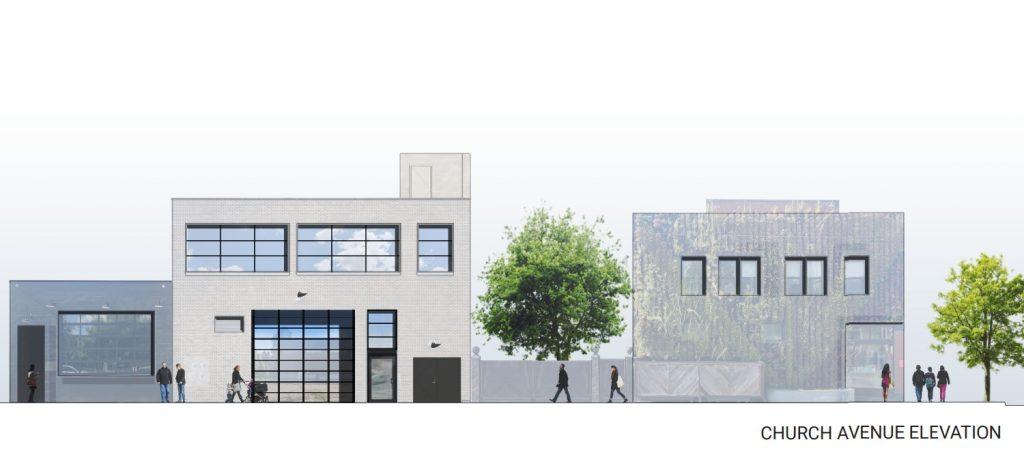
Shown here as the lighter building among its two neighbors, the new home of the Harness Collective currently has an architectural brick façade that is proposed to be stained white. An overhead glazed garage door and a glass pedestrian door will replace windowless metal doors to create a “second front” to the building (Kurtz).
“In this area, a lot of these buildings have now both backs and fronts, and the backs have become fronts in many ways,” Kurtz said. “So part of this (renovation) proposal is to enhance the rear of the building as well and maybe make it more in keeping with the frontality of the building was initially.”
To do that, an overhead coiling metal garage door that opens to Church will be replaced with an overhead glazed garage door. Also, a windowless, metal pedestrian door will be replaced with a full-glass light door. Kurtz said the goal is to activate that street as other buildings nearby have done. Furthermore, all of the brick exterior surfaces will be coated with a white mineral stain to brighten them up plus a Dumpster and electric meters will be relocated from the Church-facing façade.
City Planning Director Joyce Huang said the city is supporting the project through a loan awarded by the Community Development Department. County records show that loan to be a 25-year note in the amount of $646,700 for renovations. That is in addition to a 25-year, $1,672,000 mortgage provided by Huntington Bank, according to the county’s fiscal officer. Both loans were awarded to 2915 Detroit Ave LLC this summer.
Landmarks Commission member Carter Edman welcomed the improvements, adding that the simplified brick color and removal of the utilities will make the Church-side of the building look less cluttered.
“This is really such a cool building and so unique,” Edman said. “It’s nice to see someone with a very sensitive touch updating it.”
But the big attraction of the building is the Detroit façade. As a condition of approval, Edman and the other commissioners said the glass windows, which are to be replaced with a movable glass wall system called a NanaWall, be transitioned from having four immovable glass panels at present to five so as to match the five arched windows above them on the second floor. Arched windows are often utilized to create a Victorian-like effect. The NanaWall will allow the café to open up to the street during warmer weather.
“I do personally support the NanaWall in this location, similar to other locations where it can add to the vibrancy of the street and the street presence and really bring some of the energy of (West) 25th and continuing it down Detroit,” said commission Chair Julie Trott.
The use of glass on the traditional front of the building is appropriate considering its history. It was built in 1926 as a showroom for the Vitrolite Glass Company. After the 1950s, it became home to the Cleveland Oak Belting Co., a beltmaker that was located at 1239 W. 9th St. downtown. In 2001, the Intermuseum Conservation Association acquired the building for $340,000. As the oldest non-profit regional art conservation center in the United States, the association has since relocated to the former Astrup Awning Building, 2937 W. 25th St., since renovated into The Pivot Center for Art, Dance and Expression.
END

